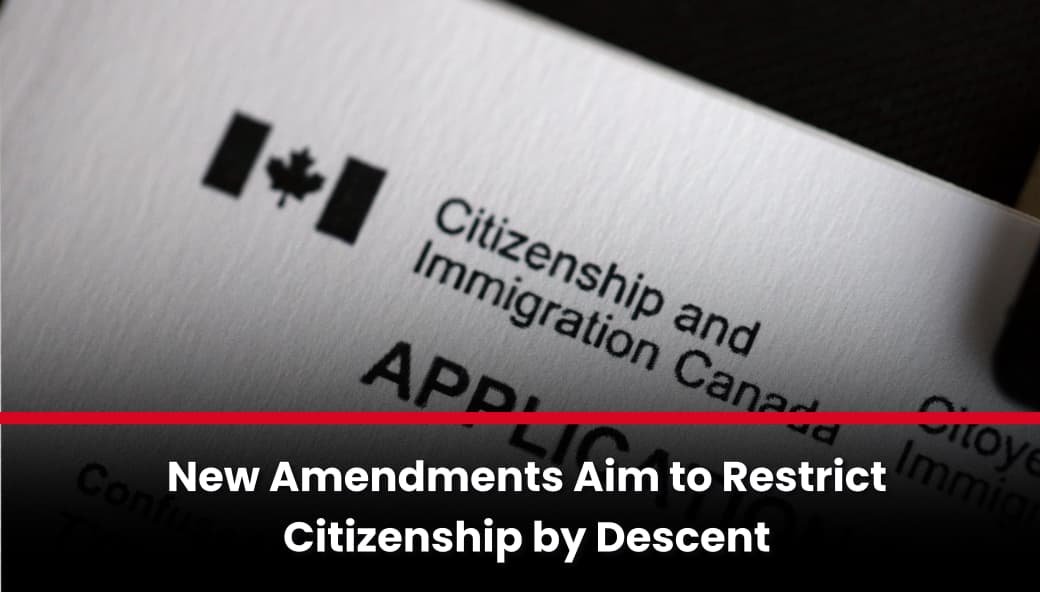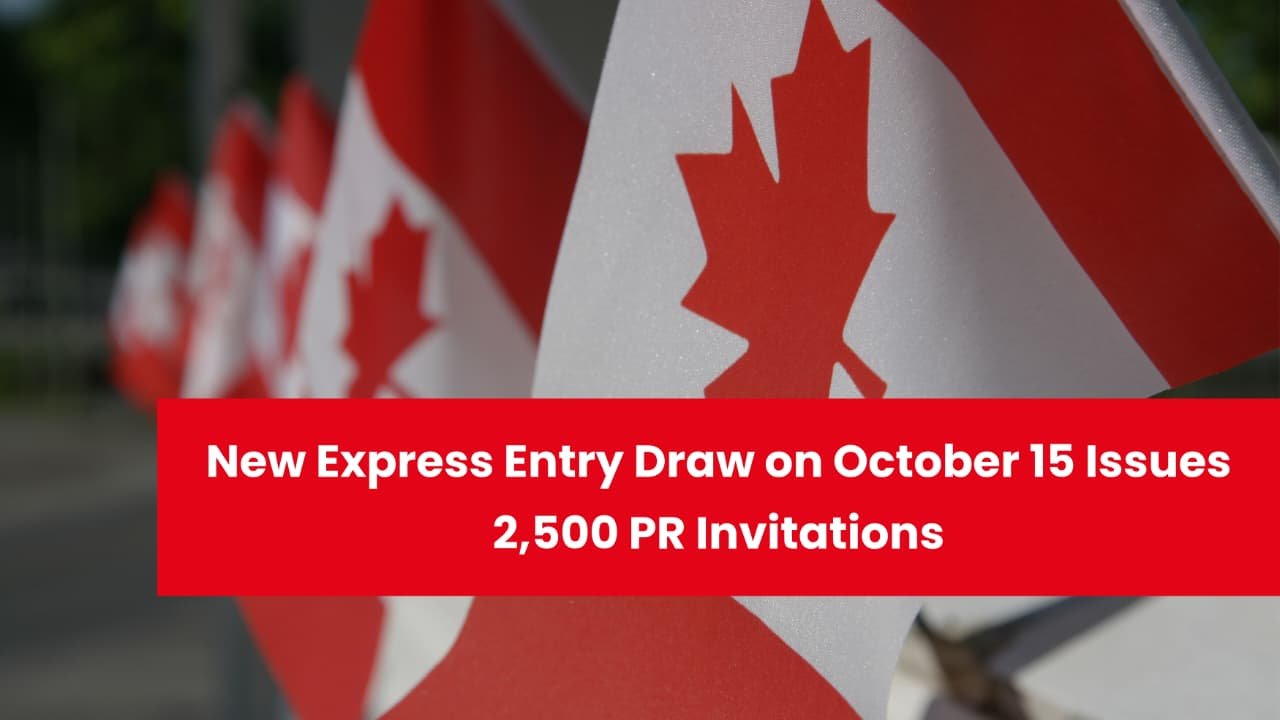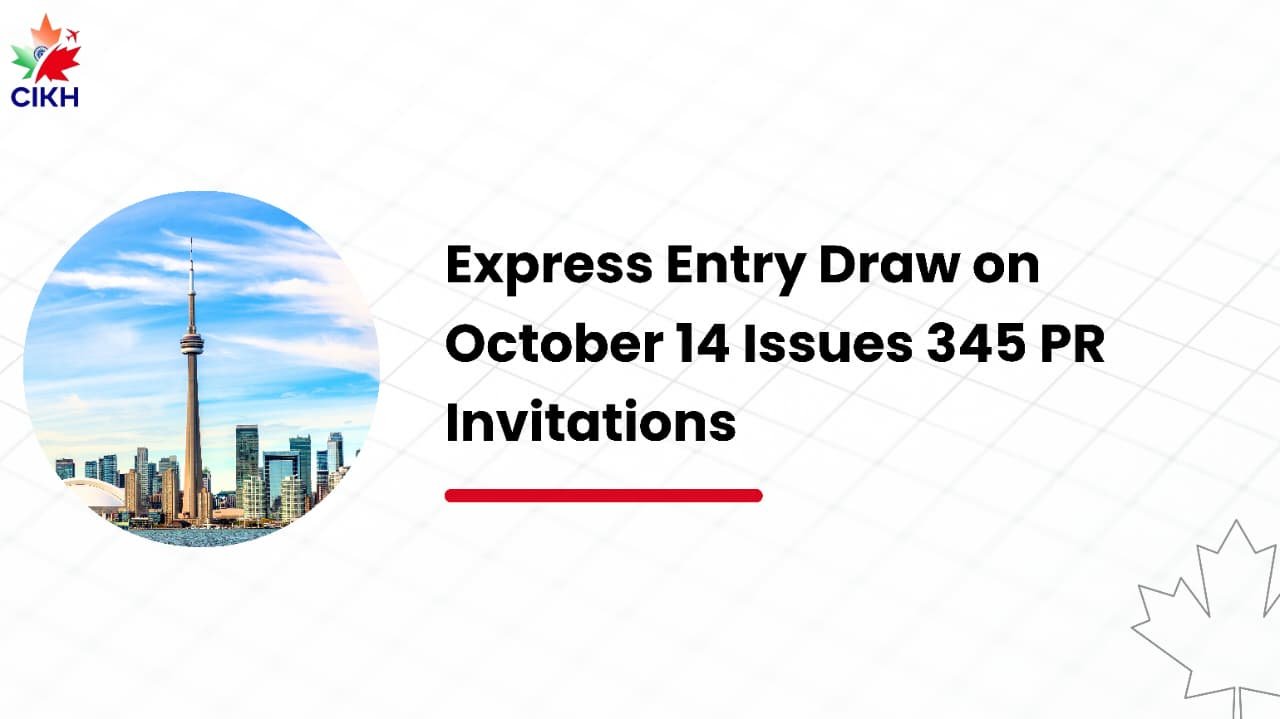Canada is ramping up its efforts to increase Francophone immigration outside Quebec, with a goal to raise French-speaking permanent resident admissions to 12% by 2029, up from the projected 8.5% in 2025.
This ambitious direction was announced on June 2, 2025, by Lena Metlege Diab, the newly appointed Minister of Immigration, Refugees, and Citizenship. Her announcement marks a significant policy shift aimed at making Canada a more accessible destination for French-speaking skilled workers.
Book Your Consultation for Canadian Immigration
Strengthening Francophone Communities Across Canada
During a session in the House of Commons, MP Guillaume Deschênes-Thériault underscored the importance of French-speaking immigrants in bolstering minority Francophone communities (FMCs) and contributing to the economy.
Minister Diab responded by outlining Canada’s expanding targets for French-speaking immigration outside Quebec: 8.5% in 2025, followed by 9.5% in 2026, 10% in 2027, and reaching 12% by 2029.
This initiative is part of a larger strategy to counter the ongoing decline of French-speaking populations outside Quebec, which dropped from 6.1% in 1971 to just 3.5% in 2021, according to Statistics Canada.
Since 2003, Canada has welcomed over 132,000 French-speaking permanent residents outside Quebec. The government now seeks to accelerate this trend to revitalize FMCs both culturally and economically.
Surge in French-Focused Express Entry Draws
The Express Entry system is a critical part of Canada’s approach to supporting Francophone immigration. In 2025 alone, 18,500 Invitations to Apply (ITAs) have been issued through French-language draws—accounting for more than half of all Express Entry invitations so far this year.
These draws also feature notably lower Comprehensive Ranking System (CRS) scores compared to other streams, making them particularly appealing for French-speaking candidates.
Recent French-language Express Entry draws in 2025 include:
- March 21: 7,500 ITAs, CRS 379
- March 6: 4,500 ITAs, CRS 410
- February 19: 6,500 ITAs, CRS 428
In contrast, general draws have seen reduced activity—for instance, the June 2, 2025 PNP draw issued only 277 invitations, nearly half the typical size.
As highlighted by Minister Diab, more French-targeted draws are expected throughout 2025, providing skilled French-speaking workers with a more streamlined path to permanent residence.
Why Francophone Immigration Matters
French-speaking communities outside Quebec are a vital aspect of Canada’s linguistic and cultural heritage. However, their numbers have steadily declined due to limited population growth, language shifts, and low international migration.
The revised Official Languages Act calls for action to restore the proportion of Francophones outside Quebec to 6.1%, the level recorded in 1971. Francophone immigration is a cornerstone of this strategy.
To meet these goals, Immigration, Refugees and Citizenship Canada (IRCC) has set phased targets for French-speaking admissions outside Quebec:
- 2025: 8.5%
- 2026: 9.5%
- 2027: 10%
These milestones follow a successful 2023, where Canada surpassed its goal of 4.4%, reaching 4.7% with over 19,600 French-speaking newcomers.
Progress and Long-Term Immigration Goals
Between 2003 and September 2024, Canada admitted around 132,195 French-speaking immigrants outside Quebec. In 2024, IRCC aimed for a 6% target and remains on track to meet it.
The 2025–2027 Immigration Levels Plan lays out realistic yet optimistic targets, balancing ambition with sustainable growth. While organizations like the Fédération des communautés francophones et acadienne du Canada (FCFA) advocate for a faster pace (12% in 2024 and 20% by 2036), IRCC’s gradual strategy is intended to maintain integration capacity and support community infrastructure.
Key Initiatives Supporting Francophone Immigration
Several immigration streams and pilot programs have been developed to attract and retain French-speaking newcomers:
1. Express Entry (French Language Priority)
This system gives preference to candidates proficient in French. From January to September 2024, more than 21,700 ITAs (26% of total) were issued to French-speaking applicants. In 2025, 18,500 ITAs have already been issued through French-focused draws.
2. Provincial Nominee Program (PNP)
The PNP has significantly contributed to Francophone immigration in provinces like New Brunswick, Manitoba, and Nova Scotia. In 2023, 24% of French-speaking admissions outside Quebec came through this program.
3. Francophone Community Immigration Pilot
Set to launch in late 2024, this initiative will provide French-speaking or bilingual applicants with a path to permanent residence in rural communities. It aims to address labor shortages while increasing the demographic weight of FMCs.
4. Francophone Student Pilot Program
Launched in August 2024, this program works with French-language and bilingual colleges outside Quebec to support international students and their families. It offers a direct route to permanent residence after graduation.
5. Francophone Mobility Program
Expanded in June 2023, this program allows Canadian employers to hire moderately French-proficient workers for most occupations (excluding some agricultural jobs). It offers a path to work experience and eventual permanent residency.
Looking Ahead: A Promising Future for Francophone Immigration
Although overall immigration targets have been moderated, the focus on French-speaking immigrants remains strong. IRCC’s measured increase in targets—from 8.5% in 2025 to 12% in 2029—demonstrates a long-term commitment to reinforcing Francophone communities outside Quebec.
Through collaboration with provinces, academic institutions, and local organizations, Canada aims to support the growth of Francophone communities while meeting labor market demands.
With favorable CRS cutoffs and dedicated programs, French-speaking skilled workers, students, and professionals are uniquely positioned to benefit from these changes. Provinces such as New Brunswick and Manitoba continue to lead the way in welcoming Francophones, enhancing their local economies and cultural diversity.





